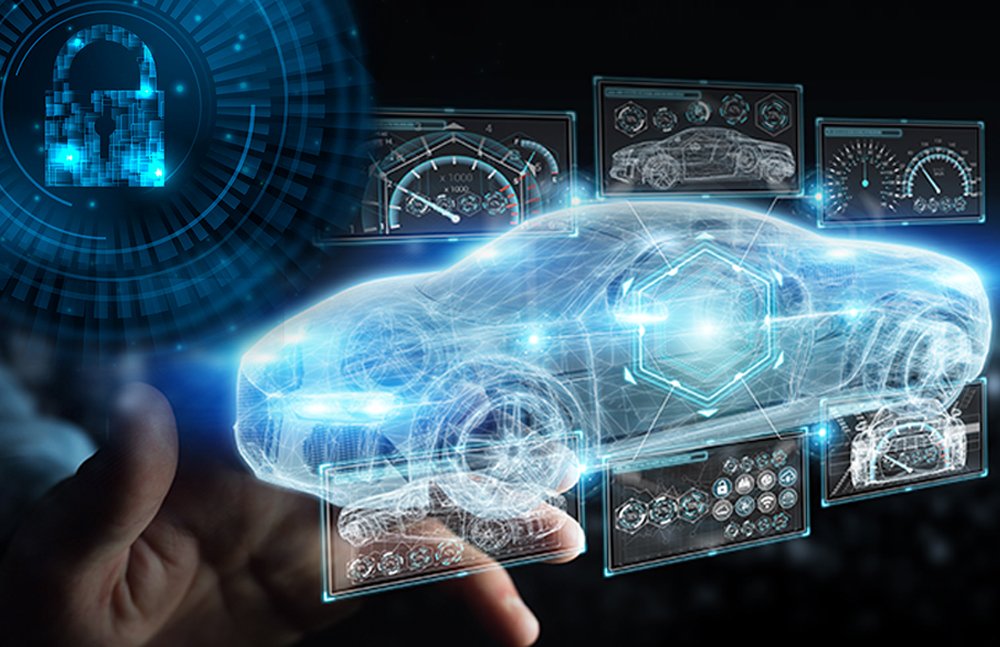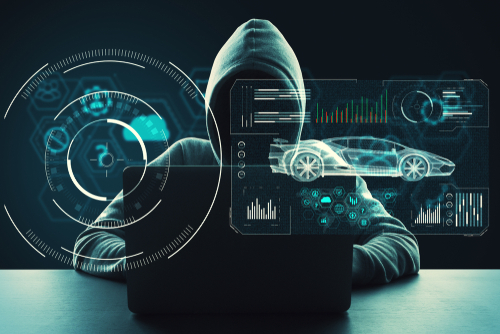Common Attack Vectors For Automotive Software

You depend on the technology in your car as a driver to make the ride more comfortable and pleasurable. But did you know that cyberattacks might also target the automotive software running in your car? The complexity and interconnectedness of automobile software in recent years have made it a desirable target for hackers looking to take advantage of flaws in the system.
You might believe that the only targets susceptible to cyber-attacks are high-profile ones like governmental institutions or sizable businesses. However, as cars become increasingly autonomous and networked, they too, are becoming major targets for cybercriminals.
There are several ways that attackers can jeopardise the security of automotive software, from remote hacking to malware outbreaks. In this post, we’ll look at several typical attack routes that hackers use to break into car systems and talk about how to secure automotive software.

Remote Hacking: A Threat to Automotive Security
The security of vehicle software is seriously threatened by remote hacking. Thus, manufacturers must take preventative action. With the proliferation of linked cars, hackers can use remote access points like Wi-Fi or Bluetooth connections to take advantage of software flaws in a vehicle.
Once inside, they can handle the brakes, steering, and acceleration. The infotainment system in a car is one method that remote hacking might happen. Because this system frequently has access to the internet and other car components, it is a prime target for hackers.
Additionally, certain vehicles permit over-the-air software updates, which without appropriate security mechanisms in place, might also be abused by hackers. Automakers must give cybersecurity measures top priority to guard against threats posed by remote hacking as we continue to rely more and more on technology in our automobiles.
Physical Access: An Insider Threat
It can be terrifyingly simple for someone to hurt you if they have physical access to the system of your car. This is because insiders already have access to the hardware and can quickly get around security measures, unlike distant hackers who must identify weaknesses in the software.
Employees, mechanics, and anybody else with momentary physical access to the car are all examples of insiders. Insider assaults can range from minor configuration changes to more significant crimes like stealing confidential data or turning off safety mechanisms.
For instance, a malevolent employee with physical access to the vehicle may implant malware on the computer system of the vehicle, enabling them to control the vehicle’s acceleration and braking remotely. Automotive businesses and owners must both employ stringent security measures that restrict physical access to just vetted individuals and closely monitor all system activities to prevent insider threats.
Malware and Viruses: Hidden Dangers in Automotive Software
The system of your car is susceptible to malware and viruses, which presents a hidden risk that many drivers might not be aware of. These harmful programmes are capable of infiltrating your car through sources that, at first glance, seem secure, including Bluetooth connections, USB drives, and even the infotainment system itself. Once they have access to the software in your car, they can wreak havoc on its operations and seriously jeopardise its safety.
Malware and viruses in automobile software can result in everything from minor annoyances to potentially fatal scenarios. The likelihood of an accident increases, for instance, if a virus disables crucial safety features like the brakes or steering wheel.
Malware may also jeopardise private information or GPS position data that is saved on the car’s computer systems. To stop these kinds of attacks and guarantee the safety of their consumers while driving, automakers must put strong security measures in place.
Vulnerabilities in Third-Party Software
You might be shocked to learn how quickly third-party software can expose the systems in your car to risk. These flaws frequently appear when automobiles employ external, not internally created, components like infotainment or navigation systems.
These third-party components provide convenience and cutting-edge features, but they also give hackers new attack options. These parts may have security holes that hackers can use to acquire private data like GPS data or even take over the car’s systems.
The need to make sure that their third-party partners follow stringent security standards is an increasing problem for manufacturers. It’s critical for drivers to be aware of the dangers of using third-party software and to keep a lookout for any updates or patches that the manufacturer may provide.
Best Practices for Securing Automotive Software
It’s crucial to adhere to this software maintenance recommended practices for the systems in your vehicle to increase system security. Update your automotive software frequently with the newest security updates, first and foremost.
These updates frequently include patches for flaws that an attacker could exploit. It’s also a good idea to only download software from reliable websites and to avoid installing any unreliable third-party programmes.
Implementing strict access controls for your vehicle’s systems is another crucial best practice. This entails limiting who has access to private information and Programme features. Additionally, utilize encryption whenever possible to safeguard data while it is stored or being transferred between different system components.
Finally, auto manufacturers should strictly follow ISO 21434 compliance to ensure that the software they produce is secure and reliable.
Conclusion
You should be proactive in safeguarding your car now that you are aware of the typical attack vectors for automotive software. Through routine software upgrades and the immediate patching of vulnerabilities, remote hacking and malware attacks can be avoided. Access to the physical space should also be limited to trusted people only.
Furthermore, it’s critical to carefully examine third-party software before adding it to the system in your car. You may contribute to the safety and security of your vehicle and its occupants by adhering to these best practices.
Take action right once to safeguard yourself from potential dangers in the constantly changing world of vehicle technology. Don’t wait until it’s too late.







